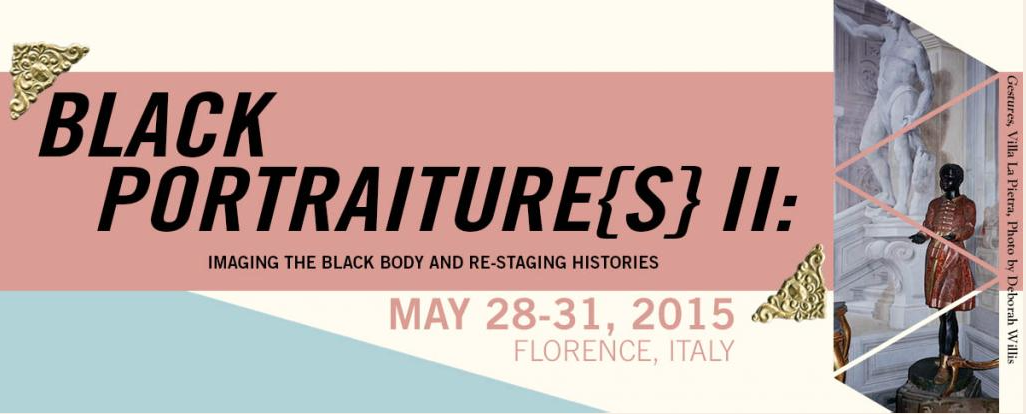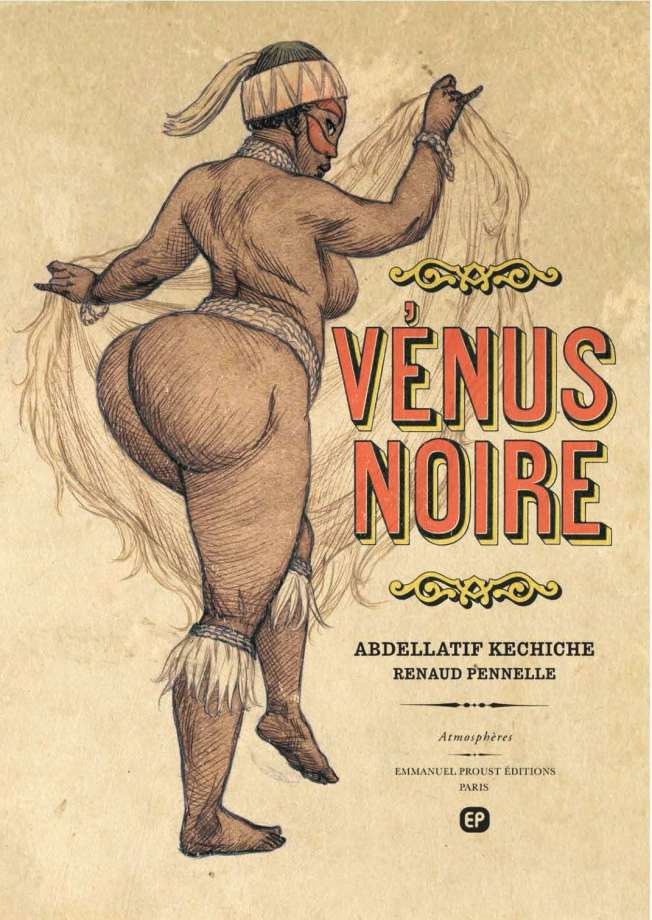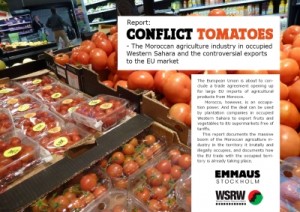Further to my posts on the Black Mediterranean, I signal two interesting events this and the next month, on in Florence, and one in Milan.
The Florence conference and exhibition Black Portraitures II: Imaging the Black Body and Re-staging Histories (28-31 May) offers comparative perspectives on the historical and contemporary role played by photography, art, film, literature, and music in referencing the image of the black body in the West. Reflections include the art collection of NYU’s Villa La Pietra, the historical villa and home of the New York University Florence program where the conference is held -including a collection of ornamental black sculptures known as “Blackamoors” that have become an important colonial trope.
On 14 may-2 June in Milan at the Fabbrica del Vapore, another post-colonial reflection takes place, involving a series of film screenings inspired by Edward Said‘s work on Orientalism. The event is called Notes on Orientalism. Video practices at the age of radical difference and you can find more information here.
Amongst others, the event hosts a screening of Sven Augustijnen‘s Spectres, on the murder(ers) of Patricre Lumumba.
The event also shows Renzo Martens‘ provocative art project ‘Episode III: Enjoy Poverty’, which represents an emancipation programme Martens set up in the midst of the Democratic Republic of Congo’s endless civil war. Mimicking international charity and aid organisations, Martens’ project encourages the local population to reap the benefits of their greatest resource: poverty. The piece is the third in a series of films that, by enacting their own parameters, try to make visible their own complicity in a world obscured by depictions of it.








